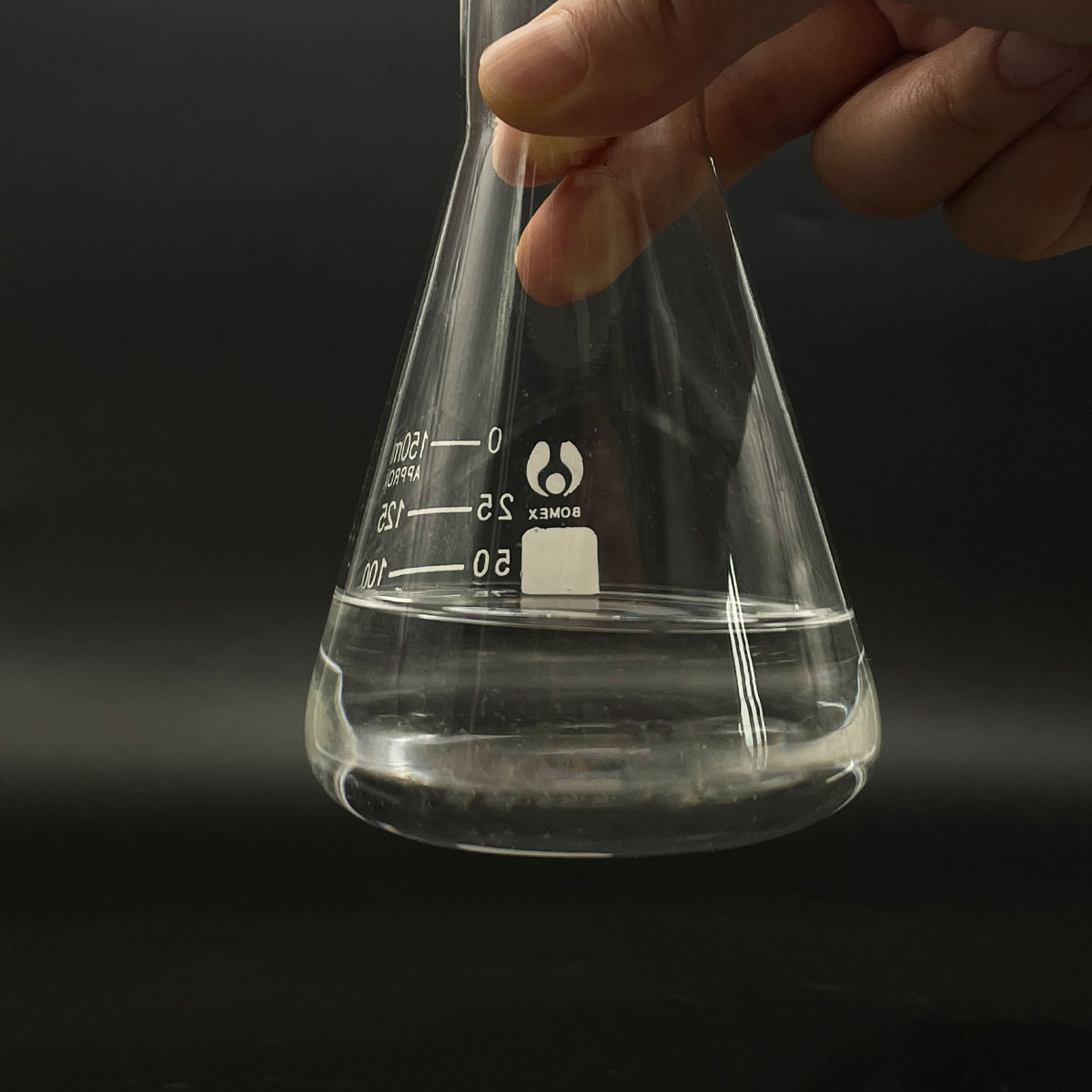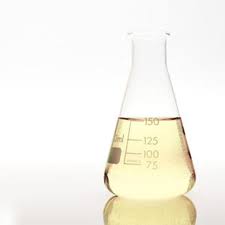**Title:** Surfactant Secrets: Choosing the Perfect Match for Your Revolver
(What Type Surfactant Should I Use With Revoler)
**Keywords:** Surfactant, Revolver
**No. 1 What is a Surfactant?**
Think of surfactants as tiny molecular superheroes. Their name comes from “Surface Active Agents.” These clever chemicals work at surfaces. They reduce tension between liquids and solids, or liquids and gases. Picture water beading on a waxed car. A surfactant breaks that tension. It lets water spread out easily. Surfactants have two distinct parts. One end loves water (hydrophilic). The other end hates water and loves oils or grease (hydrophobic). This dual nature makes them incredibly versatile. They act as detergents, emulsifiers, wetting agents, dispersants, and foaming agents. You find them everywhere. Shampoos, soaps, cleaners, paints, pesticides, and industrial processes all rely on surfactants. They are essential for getting things clean, mixed, or spread evenly. Without them, many everyday products wouldn’t work nearly as well.
**No. 2 Why Surfactant Choice Matters for Revolver**
Using the wrong surfactant with Revolver can lead to problems. It’s like putting diesel fuel in a gasoline engine. The results are bad. An incompatible surfactant might not dissolve properly in Revolver. It could leave behind residues or streaks. This ruins the finish you’re trying to achieve. Worse, the wrong surfactant might actually reduce Revolver’s effectiveness. It could interfere with how Revolver binds to the surface. You might get poor adhesion or uneven coverage. Sometimes, the wrong surfactant causes excessive foaming. This makes application messy and wasteful. In other cases, it might not foam enough. This reduces its cleaning or wetting power. The wrong choice can also affect the stability of your Revolver mixture. It might separate or become less effective over time. Using the right surfactant ensures Revolver performs perfectly. You get maximum cleaning power, perfect wetting, easy rinsing, and a flawless finish. It saves you time, money, and frustration.
**No. 3 How to Pick the Right Surfactant for Revolver**
Choosing the best surfactant for Revolver isn’t guesswork. Consider what you need the mixture to do. Is cleaning the main goal? Or is wetting a surface more important? Maybe you need strong foaming for cling or dispersion. Different surfactants excel at different jobs. Nonionic surfactants are often a safe bet with Revolver. They are generally compatible with many systems. They offer good cleaning and wetting without excessive foam. They are also less sensitive to water hardness. Anionic surfactants are powerful cleaners and foamers. They work well in alkaline conditions. Check their compatibility with Revolver first. Cationic surfactants are often used for their germ-killing power or as fabric softeners. They are usually not the first choice for general Revolver applications. Amphoteric surfactants are mild and work well across a wide pH range. They can be good foaming agents. Always test a small amount of your chosen surfactant mixed with Revolver. Look for good mixing, no separation, the right foam level, and the desired performance. The manufacturer’s guidelines are your best starting point.
**No. 4 Revolver Surfactant Applications**
Pairing the right surfactant with Revolver unlocks its potential across many tasks. For deep cleaning hard surfaces like concrete or tile, a strong nonionic or anionic surfactant boosts Revolver’s grime-busting power. It helps lift oil and dirt effectively. Applying Revolver as a coating or treatment? A low-foaming nonionic surfactant improves wetting. It helps Revolver spread evenly and penetrate surfaces like wood or porous stone. This prevents beading and ensures uniform coverage. Need Revolver to stick to vertical surfaces or cling to foliage? A surfactant that generates stable foam is key. This foam helps the Revolver mixture stay in place longer for better contact and action. In agricultural sprays, specific surfactants help Revolver adhere to plant leaves and spread evenly. This maximizes its effectiveness as a pesticide or fertilizer carrier. For industrial cleaning in parts washers, a surfactant compatible with Revolver ensures oily residues are emulsified and rinsed away cleanly. The right match makes Revolver work smarter.
**No. 5 Revolver Surfactant FAQs**
**Can I use regular dish soap with Revolver?** Maybe, but be careful. Dish soaps are blends. They often contain dyes, fragrances, and salts. These additives might interfere with Revolver. They could cause cloudiness, residue, or reduce performance. A pure surfactant is usually better.
**What’s the most common surfactant type used with Revolver?** Nonionic surfactants are frequently recommended. They offer good all-around performance. They are generally compatible and less likely to cause issues like excessive foaming or residue.
**How much surfactant should I add?** Always start with the manufacturer’s recommendation. It’s often a small percentage. Too little won’t help much. Too much can cause problems like excessive foam, residues, or even reduce effectiveness. Follow the guidelines.
**Will the surfactant affect Revolver’s pH?** Some surfactants can influence pH slightly. Most nonionics have minimal impact. Anionics often work best in alkaline conditions. Check the surfactant’s properties and test your mixture if pH is critical for your Revolver application.
(What Type Surfactant Should I Use With Revoler)
**Where can I buy suitable surfactants?** Look at industrial chemical suppliers, janitorial supply stores, agricultural co-ops, or online retailers specializing in chemicals or coatings. Search for terms like “nonionic surfactant,” “wetting agent,” or “compatible surfactant for [your Revolver product type].”
Inquiry us
if you want to want to know more, please feel free to contact us.




